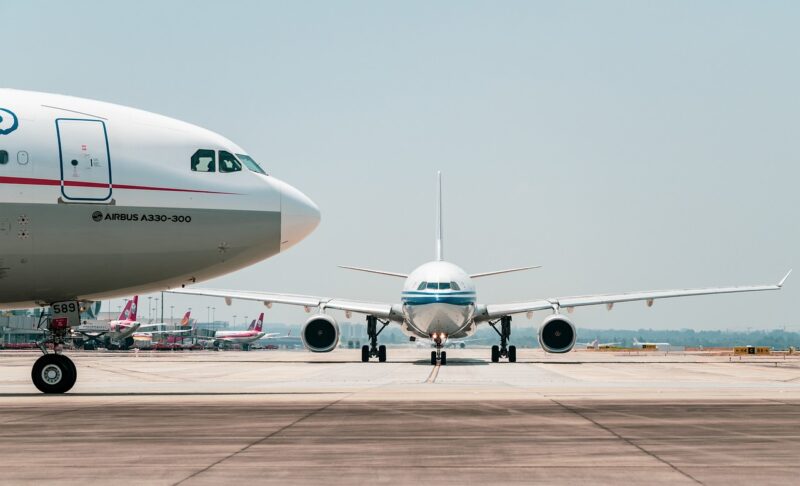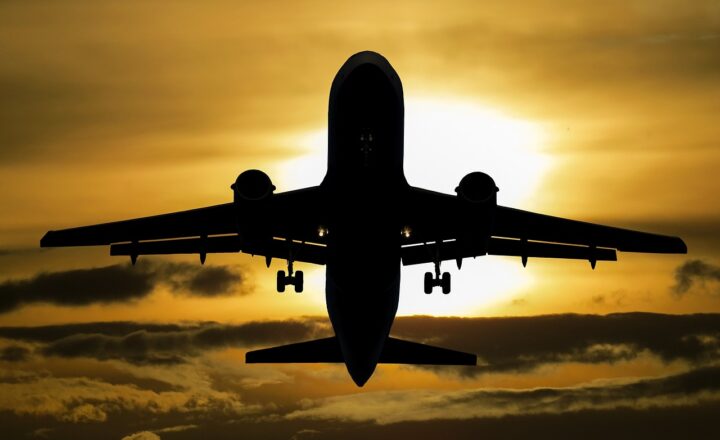Flying High: How Modern Airplane Technology is Transforming Travel
November 18, 2024

The world of aviation has seen remarkable advancements in technology over the years, revolutionizing travel in ways that were once unimaginable. From improved safety features to enhanced passenger comfort, the modern aircraft is a marvel of engineering that continues to evolve.
In this article, we will explore some of the most significant advancements in airplane technology and how they are shaping the future of travel.
1. The Shift to Sustainable Aviation
The aviation industry is facing growing scrutiny over its impact on the environment. In response, manufacturers and airlines are investing heavily in sustainable technologies to reduce their carbon footprint.
– **Sustainable Fuel Options:** One of the most promising developments is the creation of sustainable aviation fuels (SAFs). These fuels, derived from renewable sources such as plant materials and waste, can significantly lower emissions during flight.
– **Electric and Hybrid Aircraft:** Companies like Wright Electric and Airbus are exploring electric and hybrid-powered aircraft. This technology not only aims to reduce emissions but also has the potential to lower operating costs over time.
As eco-conscious travelers seek greener options, airlines that adopt these technologies will likely gain a competitive edge.
2. Enhancements in Safety Technology
Safety has always been a top concern in aviation, and modern advancements are further elevating safety standards. Recent innovations have made flying safer than ever before.
– **Advanced Cockpit Technology:** Modern airplanes are equipped with advanced cockpit instruments, including Heads-Up Displays (HUD) and Enhanced Flight Vision Systems (EFVS), which provide pilots with critical information during various flight conditions. These systems help enhance situational awareness and reduce the risk of accidents.
– **Collision Avoidance Systems:** Technologies like the Traffic Alert and Collision Avoidance System (TCAS) alert pilots to potential mid-air collision threats and recommend corrective actions.
These advancements have not only increased safety but have also given passengers more confidence in air travel.
3. Passenger Comfort and Experience
Modern aircraft are designed with the passenger experience in mind. Innovations aimed at enhancing comfort play a crucial role in transforming travel.
– **Cabin Pressurization and Air Quality:** New aircraft like the Boeing 787 Dreamliner utilize advanced cabin pressurization systems that create a more pleasant flying experience. Passengers report feeling less fatigued due to improved air quality and lower cabin altitude.
– **In-flight Entertainment and Connectivity:** Technological advancements have made it possible for airlines to offer a variety of in-flight entertainment options and Wi-Fi connectivity, allowing travelers to stay connected even at 30,000 feet.
These features significantly enhance the overall travel experience, making long flights more enjoyable.
4. The Role of Big Data and AI in Operations
Big data and artificial intelligence (AI) are transforming airline operations in profound ways. From predictive maintenance to customer service, these technologies enhance the efficiency of airline operations.
– **Predictive Maintenance:** Using data analytics, airlines can analyze aircraft performance and identify potential issues before they escalate. This proactive approach minimizes downtime and reduces maintenance costs, ensuring safer flights.
– **Personalized Travel Experiences:** Airlines are harnessing AI to offer personalized travel experiences. By analyzing customer data, airlines can tailor services to individual preferences, from meal options to entertainment choices.
These technological advancements ensure a smoother operation, which translates to better service for passengers.
5. The Future of Travel: Supersonic and Hypersonic Flights
The idea of traveling faster than the speed of sound (supersonic) is regaining interest with companies like Boom Supersonic leading the charge. But what does the future hold for travel beyond tradition?
– **Supersonic Flights:** With the recent advancements in aircraft design and noise reduction technology, a new generation of supersonic jets is on the horizon. These aircraft promise to drastically cut flight times, allowing passengers to travel from New York to London in under three hours.
– **Hypersonic Travel:** Exploring the limits of aviation, hypersonic travel, which operates at speeds over Mach 5, is being researched. If successful, this could further revolutionize long-distance travel and make global destinations more accessible than ever before.
Future travelers could find themselves reaching international destinations in record time, fundamentally altering how we approach travel.
Conclusion
As technology continues to evolve, the future of air travel looks incredibly promising. From sustainable fuels to supersonic jets, modern advancements in airplane technology are set to reshape the way we travel. As we embrace these changes, it’s crucial to acknowledge the role of innovation in enhancing safety, comfort, and efficiency in aviation.
By combining advancements in technology, the aviation industry is poised to make flying a more enjoyable and accessible experience for all travelers. So, buckle up and prepare for a journey that’s not just about getting from point A to point B, but experiencing the ongoing evolution of air travel.







